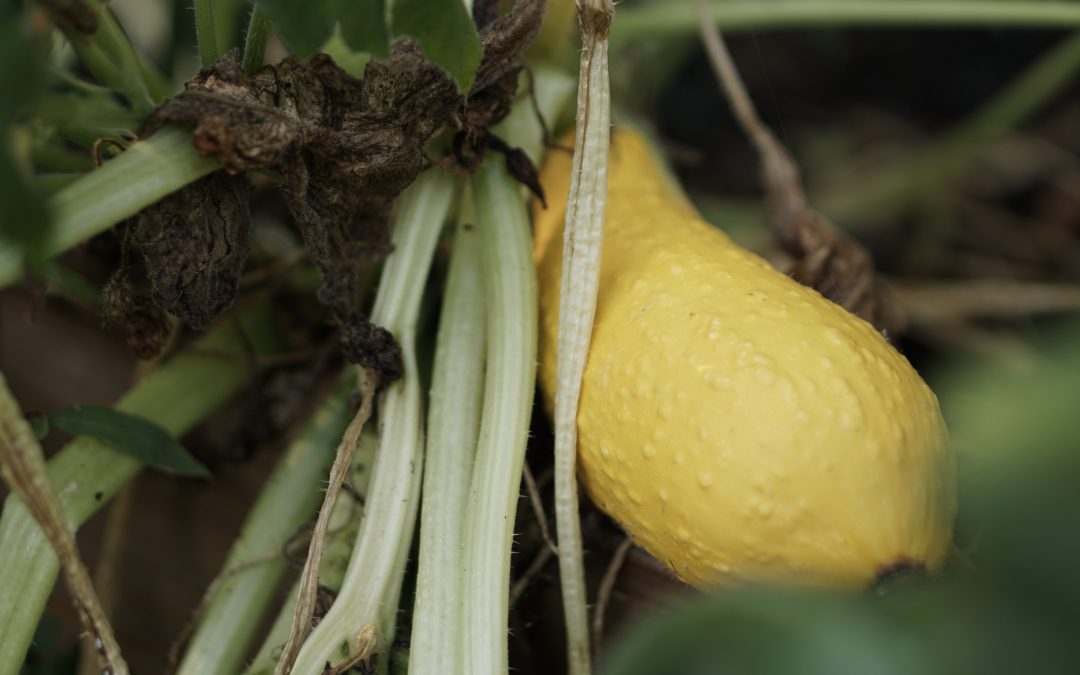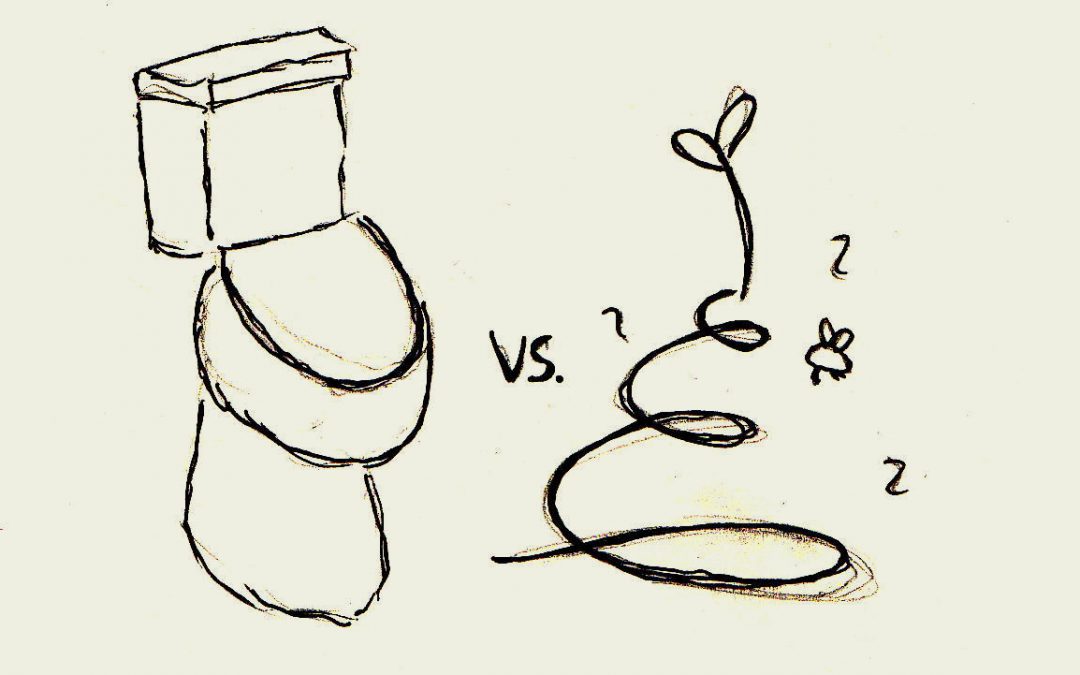
by William | Nov 18, 2020 | Healthy Living, Net Zero, Small Footprint
Dear Readers,
As an architect that desires to design healthy and beautiful spaces for people and their environment, the Living Building Challenge that we have recently come across is truly an exciting idea. As I’m sure you’ve guessed from reading the basics of the challenge, Shelby and I would undoubtedly like to strive for the certification with our own home. To help myself understand the mandatory Imperatives of the 7 Petals, I thought it best to write these blogs as I research.
In order to be Living Building certified, The Seed must meet the seven petals put forth by the International Living Future Institute. The seven petals are: Place, Water, Energy, Health and Happiness, Materials, Equity, and Beauty. Each petal is made up of a number of Imperatives. Because the petals and their imperatives deserve decent explanations, and because we have many thoughts, questions, and challenges that go along with each of them, each petal will be its own blog. So, beginning with the Petal of Place…

by William | Aug 26, 2020 | Healthy Living
Dear Readers,
[WARNING! Vegetables were unintentionally harmed in the making of this blog. Images may be disturbing to some…]
I wanted to wait to write to you with another gardening update until I had begun some sort of fruitful harvest. But with this year’s intense heat, some crazy cabbage consuming bugs, our poor spatial planning, and my inability to actually water my plants…a truly fruitful harvest will never come.
Instead, I can write (and show…) to you what we learned from our initial endeavor in self-sustainability!

by William | Jun 24, 2020 | Net Zero, Small Footprint
Dear Readers,
If you have read the “Our Waste Goes Where?” blog (and if you have, I applaud you..that was a rough one..) or are familiar with how wastewater treatment generally works, whether it be a septic tank or a treatment facility, you may be wondering how the Clivus Multrum composting toilet and greywater system is beneficially different. I know that I was certainly curious…I mean, the results are similar. Most of the solid and liquid waste, whether flushed or composted in a hole, eventually find their way back into the great world as either fertilizer or drainage. So, what makes the idea of not just specifically the Clivus Multrum system, but a composting toilet in general, so enticing?
Since William and I are looking to build The Seed in a rural area, I am going to directly compare a composting toilet and greywater system to what is most often offered to fellow rural inhabitants…a septic tank.
Composting Toilet
A composting toilet is, for us, preferable to a septic tank for three main reasons.
1) It makes the home, and encourages the inhabitants within it to be, holistically self-sustaining, or, our version of net-zero living. Utilizing a composting toilet allows the home to have a reduced reliance and impact on the physical site it is on.
There is no digging a sand mound, or installing deep in the earth a septic tank. The solid waste that settles in the tank does not need to be pumped out by a big truck, and then subsequently dropped off at a public wastewater treatment facility.
Rather, the solid and liquid waste that the inhabitants generate rest in separate bins until they can be returned to the earth as stable soil fertilizer. The owner or resident (William and I!) can do this themselves with a simple and common tool…a shovel.
A composting toilet also results in a reduction of the home’s overall water usage. If you opt for the standard composting toilet, then you use no water when contributing your waste to compost. None. Even if you choose the foam flush composting toilet, you only use 6 ounces of water per flush. If you are relying on a rainwater pillow for your water supply, this is a HUGE plus…as well as a beautiful help in achieving net-zero living.
The greywater garden for the greywater filtration and distribution would be the only alteration required to the land…and that is because we would physically be planting a garden which would aid in filtration and dispersal. Yay, plants!
Not only would a composting system aid the home in being holistically net-zero, but it would better enable the inhabitants to take account for their own waste. Before researching for the blog, “Our Waste Goes Where??”, I honestly had no idea what happened to my processed nutrients. I figured it went to our septic tank, which I knew had to be pumped once every couple years…but I had no idea that it eventually went to a wastewater treatment facility, and what that process looked like. Someone else took care of it. All I had to do was sit on the toilet, do my thing, and flush. Done. The mess was no longer mine. Because William and I intend to raise children in this crazy idealistic home of ours, we see the composting toilet as a great life lesson for them…in William’s (and a lil’ of Shelby’s words), it will be “teaching our children to not expect other people to clean up their nasty sh…enanigans.”

by William | Jun 3, 2020 | Healthy Living
Dear Readers,
Here is a brief timeline update on the gardening endeavors…
March
At the very end of March we planted our onions. It was funny…imagine super tiny, little bite sized, adolescent onions, and placing them with their little rooty parts down, and the pointy part up. They were cute! We made rows of them, and dug deep enough only so that they were just covered. They were placed about four inches apart from one another. They ended up occupying 99.9% of the section of garden we were using…the other .1% was a small row of lettuce.
We actually had so many onions, that we ran out of space and grew slightly tired of what seemed like babying them (did they really need four inches? Wouldn’t two suffice?). So, we dug a big, shallow hole, and threw the remaining 30 or so throughout. Not what you are supposedly supposed to do…but we shall see what happens!
Our tomato plants have also begun to sprout!! And…that is it. Eggplants, nothing. Cabbage, nothing. Peppers, nothing. But progress is being made! At least something is growing.
April
Remember those neglected onions we threw in a hole? Welp, they are surviving and thriving. After an intense rain storm, our onions are growing like crazy!!
All of our seedlings are also sprouting! Cabbage (I have never seen baby cabbage sprouts before…cute baby капуста), peppers, and eggplants are all doing decently well. They do look a little pale though…I don’t think they get enough sun from where we positioned them in the house…




